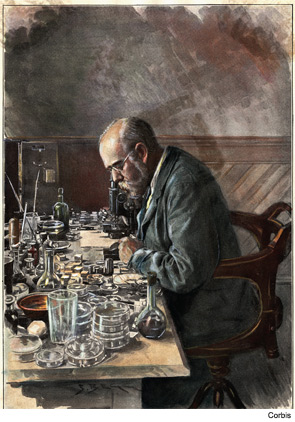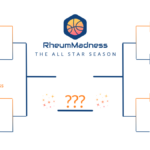
Why did you want to become a rheumatologist? For me, the decision wasn’t hard. As a medical resident, reading electrocardiograms at 2 am—or at 2 pm for that matter—didn’t appeal to me. Endocrinology seemed to lack any complexity; a simple look at lab tests either meant the patient was or was not hypothyroid. I lacked the passion for inserting endoscopes into any orifice. I had whittled my choices to a few remaining possibilities, and then I experienced a defining medical moment. I am referring to those clinical experiences that can immediately transform you and set you on your career path.
It happened during my junior residency year. I was in charge of a moderately busy medical ward consisting of older patients battling pneumonias or a flare of their chronic obstructive pulmonary disease brought on by exposure to the fierce winds and endless snowfalls of January in Montreal. It was there that I met Michael.

Michael (name has been changed) was a delightful adolescent male, at least 40 years younger than any of my other patients. He had a long history of systemic juvenile arthritis. His illness began when he was five and it never let up. I was shocked to learn that he was nineteen years old; his growth had been stunted by his disease, leaving him no taller than about 4 feet 5 inches. His cherubic, slate grey face with undersized mandibles displayed the ravages of too many years of prednisone and gold therapies. He had already undergone several orthopedic procedures and one of them, his knee replacement, had become infected.
He was admitted for a lengthy stay consisting of surgery, followed by a prolonged course of antibiotics, followed by more surgery. Yet Michael’s resilience and determination to get better never wavered. He was upbeat and cheerful to a fault. Many years later, I learned that this personality trait was a common characteristic among rheumatoid arthritis (RA) patients, especially those with more severe disease. Yet what struck me most about Michael’s care was his treatment with gold, specifically intramuscular gold shots given every two weeks.
Origins of Gold Treatment
Like so many stories in medicine about the origins of particular therapies, this one gets a bit confusing. Many Europeans claim credit for the idea of using gold to treat RA. In fact, it seems that just about every country in the European Union lays claim to having been the “first” to discover the benefits of this mineral therapy. In a wonderful review of the topic published in 1945 by Dr. Thomas Fraser of Glasgow, the author traces the origins of gold therapy to 1890 when Dr. Heinrich Hermann Robert Koch (of Koch Postulates fame) first described the benefits of gold in inhibiting the in vitro growth of the tubercle bacillus.

